16 Nights / 17 Days
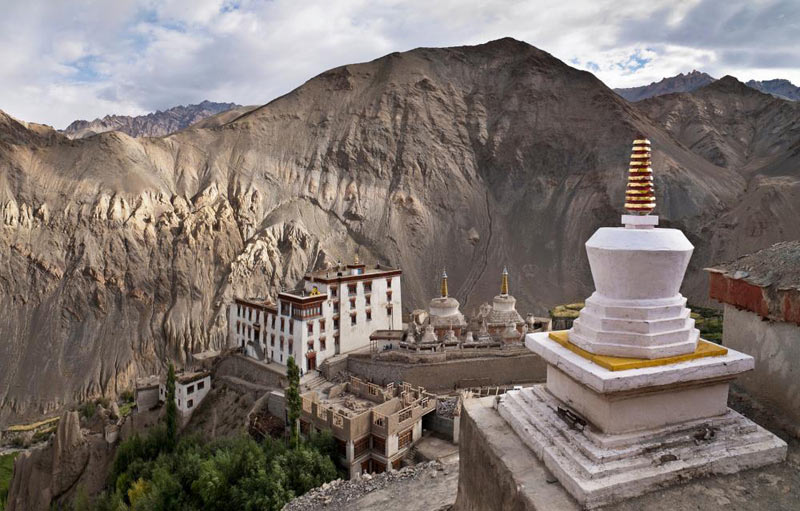
Pick from Delhi Airport and transfer to hotel-night at hotel.
Check out and drive to Manali, Mandi is the gateway to the Kullu Valley. Moving through the Mandi, Pandoh Dam diverts water from the Beas River two 12 tunnels to Baggi. evening reach and night at hotel.
Morning after Breakfast start for the Sight Seeing of Old Manali visit Manu Temple, Vashist Temple, Hadimba Devi Temple (A glance of Himachali Articture), Van Vihar and Monestry. Evening Dinner at hotel and overnight stay.
Check out and drive toward Leh, Follow the road across the cascading Manalsu stream, from where you can climb up to this interesting little village, which is becoming a popular place. Tibetan Monastery: The colourful, pleasant new Tibetan Monastery has carpet-making operation. On foot the distance is a bit shorter since you can follows paths up the hillside, where cars have to wind up the road. The journey will begin toward Leh in the afternoon, Rohtang Pass 3978 metres not high, but treacherous all the same-starts the ascent to Leh. Keylong is the first town of any size on the journey to Leh.
The tough journey will begin toward Leh, Darcha is the major tent site on this road. While next move is the Baralachala, which is 4883 metres means crossroads pass. Just after this pass tourist are entered to the another tent site called Sarchu. The journey becomes more adventurous and interesting while passing the Lachlung La, 5060 metres, is the second highest pass on the Manali-Leh Road. The next destination is the Pang, just the tourists are moving through the Taglang La, the second highest motorable road of the world, 5328 metres. On the descent tourists are entering in to the Ladakh region and the first village is the Upshi and one can enjoy the beautiful landscape and magnificent valley views.
In the morning visit the Hemis monastery. The travellers have the option to visit either of the Lakes. Hemis Monastery : This is biggest and the most important monastery in Ladakh. It is situated 49 kms to south of Leh, a little off the main Leh-Manali road. It was built in the 17th century by Chapgon Gyalshas and ever since has enjoyed the patronage of the royal family. Hemis is the headquater of the Drukpa order and all the monasteries throughout Ladakh are administered by it. It also trains Lamas for the royal monasteries at Leh, Shey and Bazgo. In the 19th century it faced a siege by general Zorawar Singh. The Gompa was saved to the skillful handing of the situation by the head Lama.
In 1956 the head Lama Hemis Gompa disappeared mysteriously never to be seen again. A 12 years old boy was brought from Dalhousie. In 1976 to be appointed as head Lama. He will assume authority after his training period is complete. The monastery contains quite a few gold statue and stupas decorated with precious stones. It has a superb collection of tankhas, including one which is supposed to be the largest in existence and is exhibited only once every 11 years. The monastery has annual festival which falls in June/ July and is a big tourist attraction. Masked dances are held on that day. In the afternoon the caravan will move towards the Pangong Lake/ Tso Moriri Lake.
Tso Moriri lake is situated in the middle of the elevated district of Rupso. It name is characteristic of its situation. Nestle in the midst of 20,000 feet, peals which completely shut the lake. A kilometres ahead is a picturesque village of Korzok consisting of about a hundred families. Visiting the monastery on the top of the village, belonging to the yellow sect and has about 35 resident monks. The night camp along the side of Lake.
Pangong Lake The main attraction Changla region is the Pangong Lake situated at 14,500 feet (4,297 m) a long narrow basin of inland drainage, hardly six to seven kilometres at its widest point and over 130 kms long, it is bisected by international border between Indian and China. The farthest point to which foreigners are permitted, is only some seven kilometres along the southern shore from the head of the lake. Another attraction of this lake is sight os eastern cranes and other migratory black necked cranes birds. Drive back toward Leh and camp overnight at Tangtse Village.
On the way back sight seeing of Thiksey and Shey palace.
Thiksey Gompa: En route to Hemis Gompa, the Thiksey monastery is a most imposing structure providing a panoramic view of the green Indus valley from its vantage atop a hill. It has chambers full of statues, stupas and tannkhas.
Shey Palace and Monastery: Also on the way to Hemis Gompa and 15 kms from Leh is the summer palace of the erstwhile, Raja of Leh, set upon a hill sitting Buddha wrought with copper and gold that leaves one lama before hand. Many chortens can be seen to the east of the monastery. After the Shey tourists reach to Leh, Main Centre of Ladakh. With the inhabitants of 50,000, Leh is located in small valley just the north of Indus Valley.
Rest Complete rest in the hotel in Leh.
Leh Bazaar, Leh Palace and Sankar Gompa. The women's vegetable market in the afternoon and some interesting place to visit. And the evening the Sankar monastery.
Leh Gompa: It is situated above the Leh Palace and was built in 1430. It contains a 13.7 metres high statue of the Buddha which the Ladakhi call Chamba. According to the Lamas this splendid statue is the future Buddha. A butter burns day and night in front.
The tourists will visit the Khardung-la. It Takes you to the highest motorable road of in the world Khardongla (18,380 feet or 5,578 m). Nubra Valley lies in the north of Leh. Apart from unparalleled trekking opportunities, the valley has several Buddhists monasteries such as Sumor, Tigar and 350 years old Diskit monastery.
The whole day is dedicated to the shopping and to discover some interesting things about Ladakhi art and cultural by the visiting the Tibetan refugees camp Choklamsar, Library and Ecological Development etc.
Leh to Lamayuru, Likir and Alchi and night halt at Lamayuru. Whole day is dedicated for the local sight seeing.
Lamayuru: After exploring villages around the area, it comes as a surprise to find that Lamayuru is a scruffy little place. The gompa, is the completely overshadowed and most famous spectacular monastery in Ladakh.
Alchi and Likir Monasteries: These two monasteries are located near Saspol on the Srinagar-Leh road. They house many gigantic clay statue of Buddha in various forms. The primary attraction of these monasteries is, however, their 1000-year old wall painting which make a visit more than worthwhile.
The caravan move toward the Kargil and the Way Passing through Following Place.
Mulbekh: There are two gompas on the hillside above the village of Mulbekh. As in other villages, it is wise to Enquire if the gompa is before making the ascent. Just beyond Mulbekh is a huge Chamba statue, an image of a future Buddha, cutting to the rock face beside the road. It's one of the most interesting stops along the road to Kargil.
Shergol: Between Kargil and Shergol you cross the dividing line between the Muslim and Buddhist areas. The small village of Shergol has a tiny gompa perched halfway up the eastern slope of the mountain. In the afternoon tourists will reach to Kargil. Kargil: The valleys of Suru, Drass Wakha and Bodkarbo lie midway between the alpine valleys of Kashmir, and the fertile reaches of the Indus Valley and Ladakh. The region is politically part of India, ethnically part of Baltistan and geographically and integral part of Ladakh. Geographically, there is little doubt that one has crossed the Himalayan watershed. The steep barren hills now stretch to the snow line. As the snows melt, the waters flow freely down into the heavily irrigated valleys. Here Tibetan-style settlements thrive. Whitewashed mud and stone houses contrast with deep-green barley fields.
Drive the taxi toward Srinagar, by passing the Zoji-la and picturesque Sonamarg, entering to the Kashmir Valley.
Drass: Drass 3230 metres, 60kms west of Kargil on the road to Srinagar, are a small township lying in the centre of a valley of the same name. It has become famous as the second coldest inhabited place in the world by virtue of the intense cold that descends upon the valley along with repeated snowfall during winter. Winter temperature is sometimes known to plummet to less than 40 degree Celsius. During the spring and summer, however the valley around the township becomes very picturesque as the gently undulating hillsides turn into lush green pastures splashed with a variety of fragrant wild flowers. Its inhabitants are mainly of Darad stock, an Aryan race believed to have originally migrated to the high valleys of the Western Himalayas from the Central Asian steppes.
They speak Shina which, unlike the Tibetan-originated Ladakhi dialects spoken elsewhere in Ladakh region, belong to the Indo-European linguistic family. Their ancestral sport, Horse Polo, which the Darads play with particular zeal, resembles our modern polo. The Drass vallley starts from the base of the Zojila pass, the Himalayan gateway to Ladakh. For centuries its inhabitants are known to have negotiated this formidable pass even during the most risky period in the autumn or early spring, when the whole sector remains snowbound and is subject to frequent snow storms, to transport trader's merchandise across and the to help stranded travelers to traverse it. By virtue of their mastery over the pass they had established a monopoly over the carrying trade during the heydays of the Pan-Asian. A hardy people enduring with fortitude the harshness of the valley's winter, the inhabitants of Drass can well be described as the guardians of Ladakh's gateway.
Dal Lake: Much of Dal Lake is maze of intricate waterways rather than a simple body of open water. The lake is divided into Gagribal, Lokut Dal and Bod Dal by a series of causeways. Dal Gate, at the city end of the lake, controls the flow of the lake water into the Jhelum River canal.
Hazratbal Mosque: This shiny, modern mosque is on the north west shore of Dal Lake. The mosque enshrines hair of the prophet, but to nonbelievers it is most interesting for its stunningly beautiful setting on the shores of the lake with snow capped peaks as backdrop.
Shalimar Bagh: Set some distance back from the lake but reached by a small canal, the Shalimar gardens were built for Nur Jahan, light of the world, by her husband Jehangir in 1616. During the Mughal period the topmost of the four terraces was reserved for the emperor and the ladies of the court.
On the Srinagar to Jammu route are the hill resorts of Batote, Panitop and Kud, before Jammu region tourists will move through about 3 km long tunnel Jawarhar Tunnel. On the way tourists can visit the famous shrine of Vaishno Devi and night halt at Jammu City.
Check out and drop at at Jammu Airport or Jammu Railway Station to drop for further journey.
We are Offering in Airline Ticketing Services, Hotel Booking Services, Rail Ticketing Services, Tour Operators Services Read More...
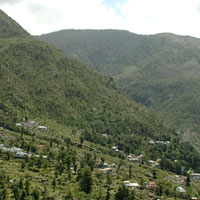 6D/5N
6D/5N
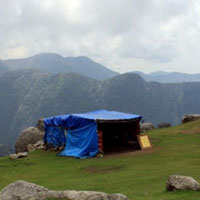 7D/6N
7D/6N
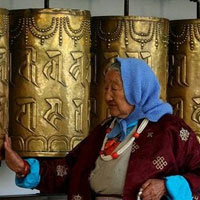 6D/5N
6D/5N
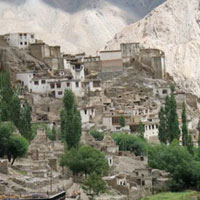 8D/7N
8D/7N
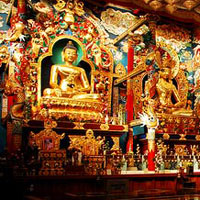 17D/16N
17D/16N
New Delhi - Chail - Sarahan - Kalpa - Tabo - Jispa - Leh Ladakh
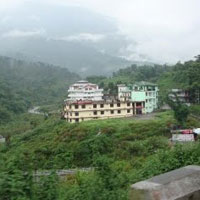 5D/4N
5D/4N
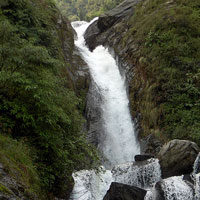 5D/4N
5D/4N
Dalhousie - Dharamshala - 5 Days Tour
Pathankot - Dalhousie - Khajjiar - Dharamshala
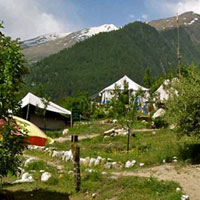 7D/6N
7D/6N
Amritsar - Dalhousie - Dharamshala Tour ..
Pathankot - Amritsar - Dalhousie - Khajjiar - Dharamshala
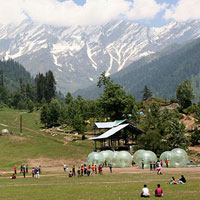 5D/4N
5D/4N
Amritsar - Dalhousie Tour Package
Pathankot - Amritsar - Dalhousie - Khajjiar
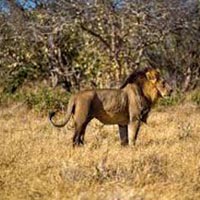 17D/16N
17D/16N
4 Countries: Kenya - Vic Falls - Botswan..
Gaborone - Nairobi - Lusaka - Dodoma
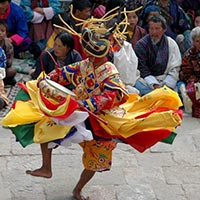 17D/16N
17D/16N
Bhutan Enchanting Tsechu-Festival Tour
Paro - Thimphu - Punakha - Wangdue Phodrang - Trongsa - Bumthang - Mongar - Trashig..
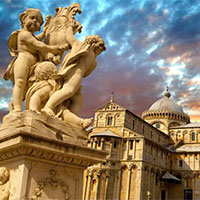 17D/16N
17D/16N
Rome - Pisa - Prato - Venice - Padova - Milan - Lugano - Engelberg - Lucerne - Colo..
 17D/16N
17D/16N
Mumbai - Rome - Pisa - Padua - Innsbruck - Salzburg - Interlaken - Geneva - Paris -..
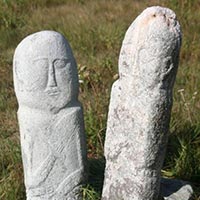 17D/16N
17D/16N
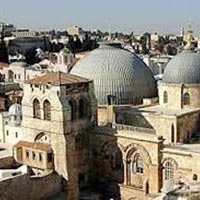 17D/16N
17D/16N
Apollonius Vacation Package: 17 Days
Ankara - Konya - Canakkale - Haifa - Acre - Nazareth - Istanbul - Istambbul - Efeso..
 17D/16N
17D/16N
 17D/16N
17D/16N
17 Days Package Tour Indochina Panorama
Hanoi - Ho Chi Minh City - Siem Reap - Luang Prabang - North Pole - Cantwell - Llan..
 17D/16N
17D/16N
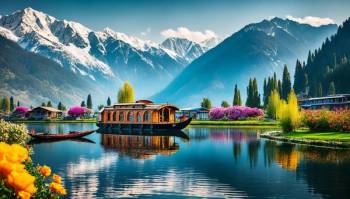 12D/11N
12D/11N
Kashmir Explorer 11 Nights - 12 Days Tour
Srinagar - Pahalgam - Sonamarg - Gulmarg - Budgam - Bandipora
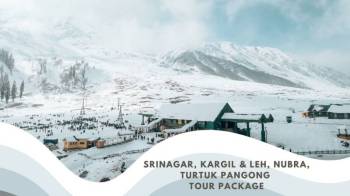 9D/8N
9D/8N
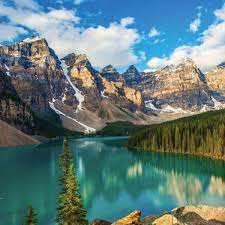 11D/10N
11D/10N
Himachal Pradesh Tour Package 10 Night -..
Dalhousie - Khajjiar - Kufri - Manali - Shimla - Dharamshala - Amritsar - Mcleodganj
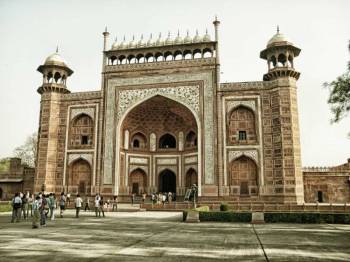 11D/10N
11D/10N
10 Nights Uttar Pradesh Tour Package Fro..
New Delhi - Agra - Prayagraj - Lucknow - Mathura - Varanasi - Ayodhya - Vrindavan -..
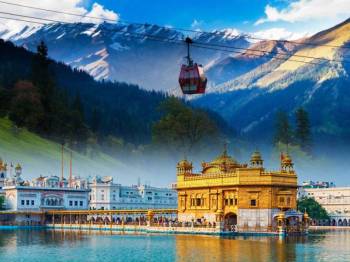 11D/10N
11D/10N
10Night Himachal Pradesh Tour Ex - Shimla
Dalhousie - Khajjiar - Kufri - Manali - Shimla - Dharamshala - Amritsar - Mcleodganj
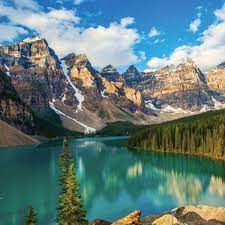 11D/10N
11D/10N
Himachal Pradesh Tour Package 10 Night -..
Dalhousie - Khajjiar - Kufri - Manali - Shimla - Dharamshala - Amritsar - Mcleodganj
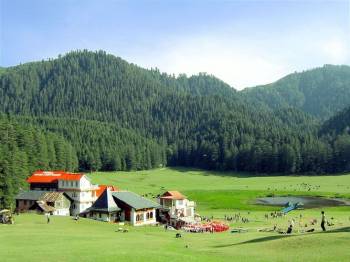 10D/9N
10D/9N
9 Night - 10 Days Himachal Pradesh Tour ..
Dalhousie - Khajjiar - Kufri - Kullu - Manali - Shimla - Dharamshala - Amritsar - M..
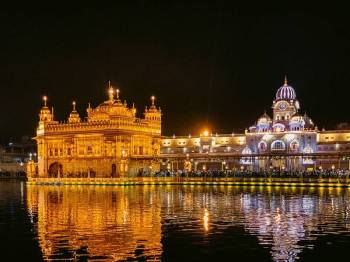 10D/9N
10D/9N
9 Night 10 Days Jammu And Kashmir With V..
Jammu - Katra - Patnitop - Srinagar - Amritsar - Pahalgam - Sonamarg - Gulmarg
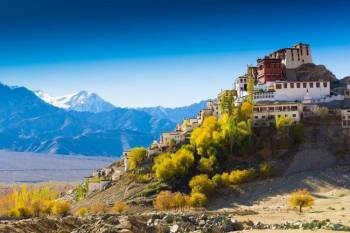 10D/9N
10D/9N
Jammu And Kashmir With Leh Ladakh Tour P..
Srinagar - Pahalgam - Leh Ladakh - Kargil - Gulmarg